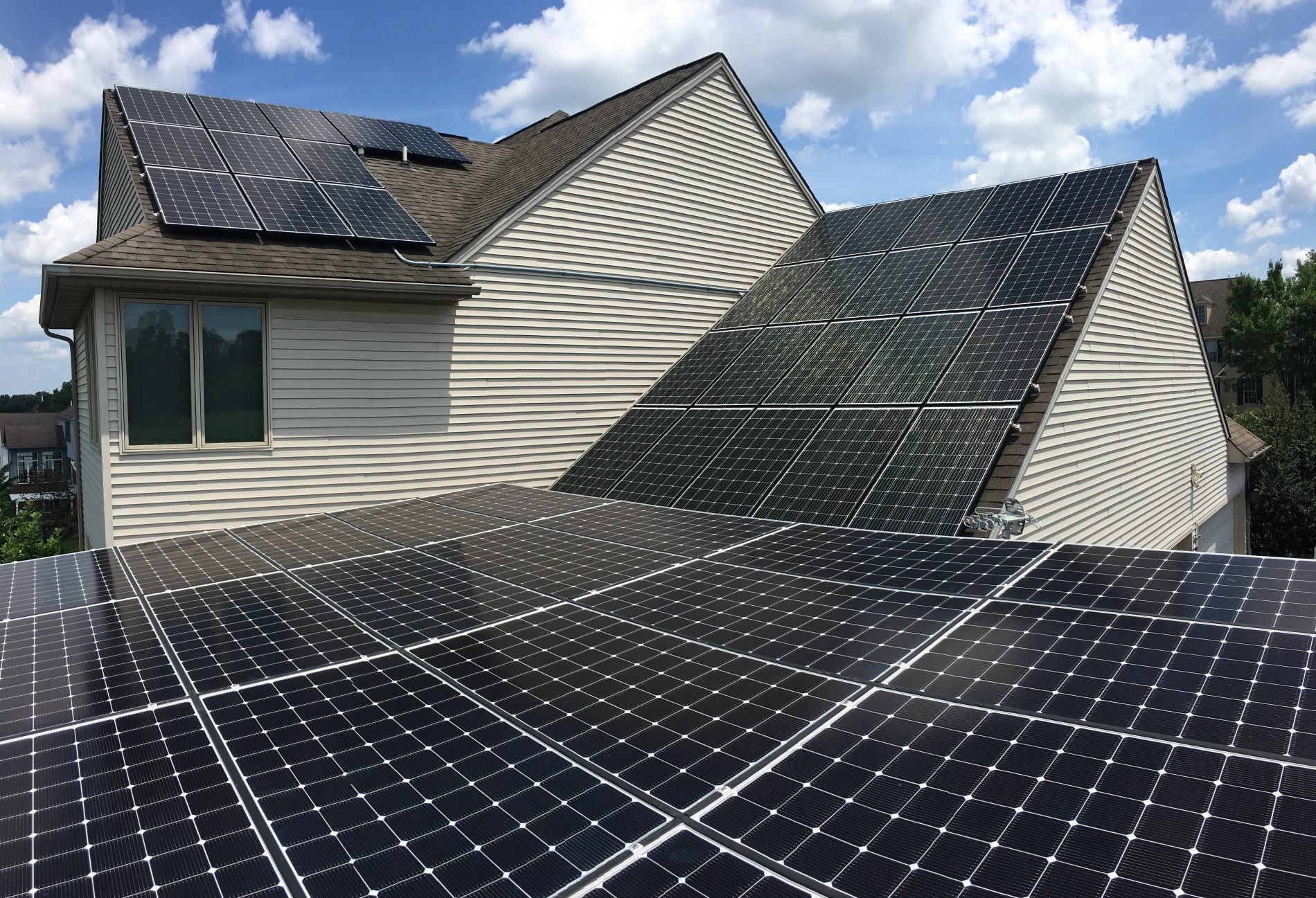“Solar panel wiring with backup battery for home”
In this article, we will provide a comprehensive guide to solar panel wiring with a backup battery for homes, covering the basics of solar panel systems, battery backup systems, and the wiring requirements for a safe and efficient installation.
Understanding Solar Panel Systems
A solar panel system, also known as a photovoltaic (PV) system, consists of several components, including:
- Solar Panels: These are the panels that convert sunlight into electrical energy.
- Mounting System: This is the framework that supports the solar panels and holds them in place.
- Inverter: This device converts the DC power generated by the solar panels into AC power, which can be used by household appliances.
- Charge Controller: This device regulates the flow of energy from the solar panels to the battery and prevents overcharging.
- Battery Bank: This is the storage system that stores excess energy generated by the solar panels for use during periods of low sunlight or at night.

Understanding Battery Backup Systems
A battery backup system, also known as a battery storage system, is designed to store excess energy generated by the solar panels during the day for use during periods of low sunlight or at night. The battery bank is typically made up of deep cycle batteries, which are designed to be discharged and recharged on a daily basis.
There are several types of battery backup systems available, including:
- Lead-Acid Batteries: These are the most common type of battery used in off-grid solar systems.
- Lithium-Ion Batteries: These are a more efficient and long-lasting option, but they are also more expensive.
- Nickel-Iron Batteries: These are a durable and long-lasting option, but they are also more expensive.

Wiring Requirements for Solar Panel Systems with Backup Battery
The wiring requirements for a solar panel system with a backup battery are more complex than a standard solar panel system. The wiring must be designed to handle the flow of energy from the solar panels to the battery bank, and from the battery bank to the household appliances.
Here are the general wiring requirements for a solar panel system with a backup battery:
- Solar Panel Wiring: The solar panels must be wired in series and/or parallel to achieve the desired voltage and current.
- Inverter Wiring: The inverter must be wired to the solar panels and the battery bank, and must be configured to charge the battery bank during the day and provide power to the household appliances at night.
- Charge Controller Wiring: The charge controller must be wired to the solar panels and the battery bank, and must be configured to regulate the flow of energy from the solar panels to the battery bank.
- Battery Bank Wiring: The battery bank must be wired in series and/or parallel to achieve the desired voltage and capacity.
- Grounding and Bonding: The solar panel system and battery bank must be properly grounded and bonded to prevent electrical shock and ensure safe operation.
System Design and Configuration
The system design and configuration will depend on the specific requirements of the homeowner, including the size of the solar panel system, the type and size of the battery bank, and the load requirements of the household.
Here are the general steps to follow when designing and configuring a solar panel system with a backup battery:
- Determine the Load Requirements: Determine the total load requirements of the household, including the wattage and voltage of each appliance.
- Determine the Solar Panel Size: Determine the size of the solar panel system required to meet the load requirements, based on the amount of sunlight available and the efficiency of the solar panels.
- Determine the Battery Bank Size: Determine the size of the battery bank required to meet the load requirements, based on the depth of discharge and the number of days of autonomy required.
- Configure the System: Configure the system to meet the load requirements, including the wiring and connection of the solar panels, inverter, charge controller, and battery bank.
Safety Considerations
Safety is a top priority when installing a solar panel system with a backup battery. Here are some safety considerations to keep in mind:
- Electrical Shock: Ensure that the system is properly grounded and bonded to prevent electrical shock.
- Fire Risk: Ensure that the system is designed and installed to minimize the risk of fire, including the use of fire-resistant materials and proper ventilation.
- Battery Safety: Ensure that the battery bank is properly installed and maintained, including the use of proper charging and discharging procedures.
Conclusion
In conclusion, a solar panel system with a backup battery is a great way to reduce your reliance on the grid and lower your energy bills. However, the installation requires careful planning and consideration of the wiring requirements, system design, and safety considerations.
By following the guidelines outlined in this article, homeowners can ensure a safe and efficient installation of their solar panel system with a backup battery. Remember to always consult with a professional solar installer to ensure that your system is designed and installed correctly, and that you receive the maximum benefit from your investment.
Additional Tips and Recommendations
Here are some additional tips and recommendations to keep in mind when installing a solar panel system with a backup battery:
- Monitor Your System: Monitor your system regularly to ensure that it is operating efficiently and safely.
- Maintain Your Battery Bank: Maintain your battery bank regularly, including the checking of water levels and the cleaning of terminals.
- Upgrade Your System: Consider upgrading your system to include additional features, such as a generator or a wind turbine, to increase your energy independence.
- Consider Net Metering: Consider net metering, which allows you to sell excess energy back to the grid and receive credit for it.
By following these tips and recommendations, homeowners can ensure that their solar panel system with a backup battery operates safely and efficiently, and that they receive the maximum benefit from their investment.





